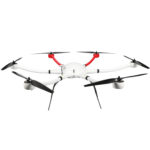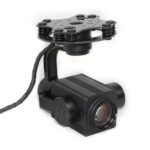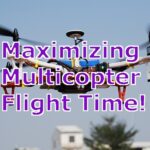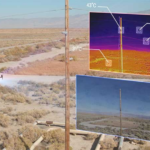Uncategorized
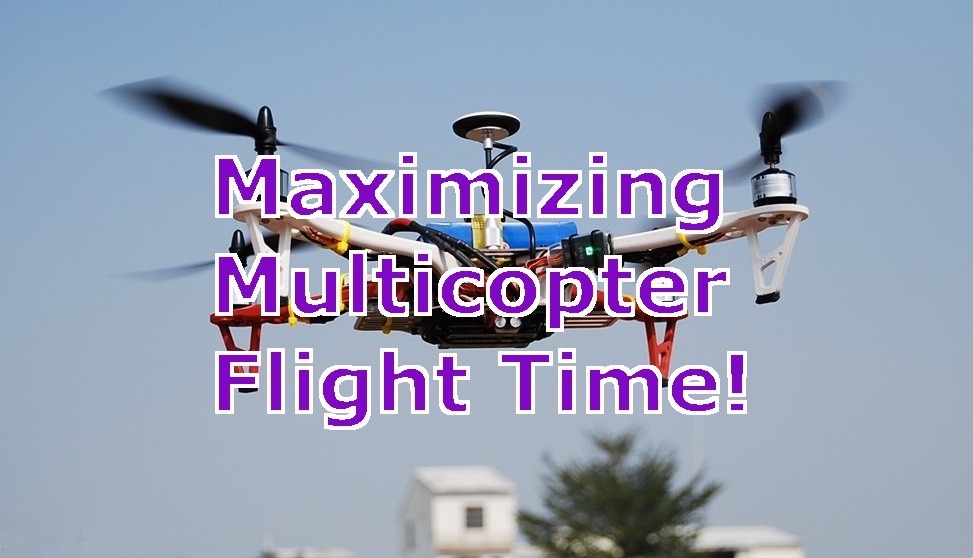
DROP US A LINE
Connect with FORBAO Robotics
Ready to take the first step towards unlocking opportunities, realizing goals, and embracing innovation? We're here and eager to connect.
To More Inquiry
+86 199 6769 3259
To Send Mail






